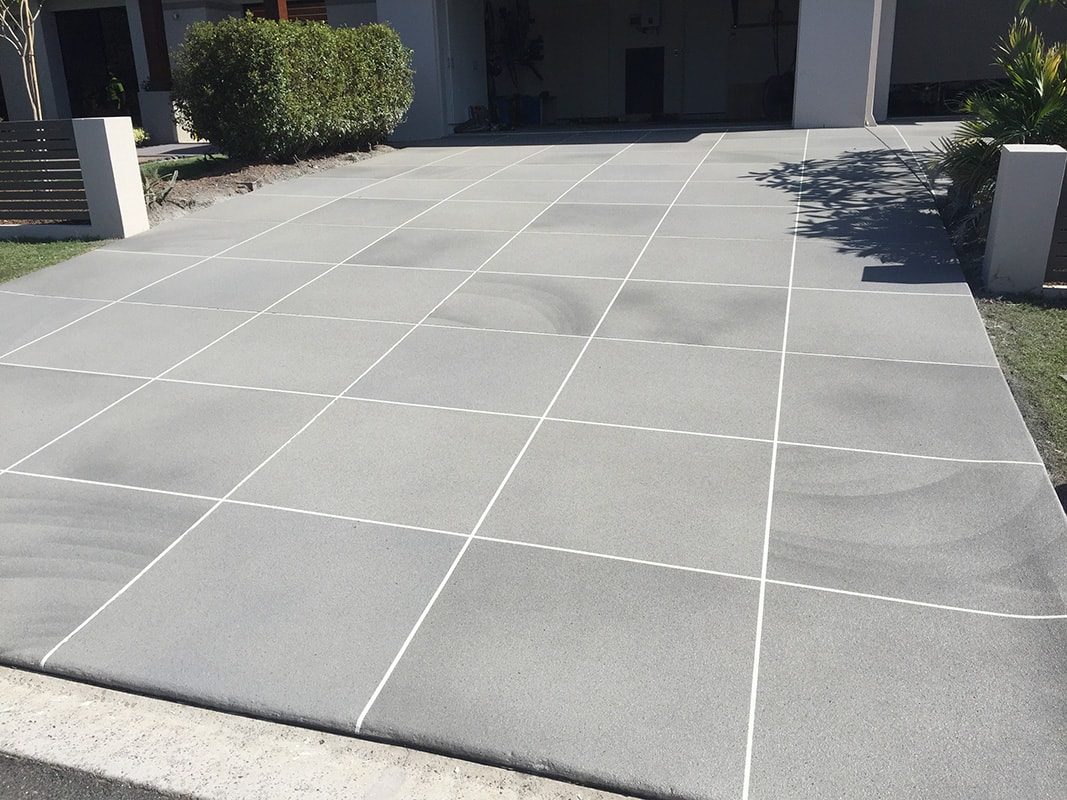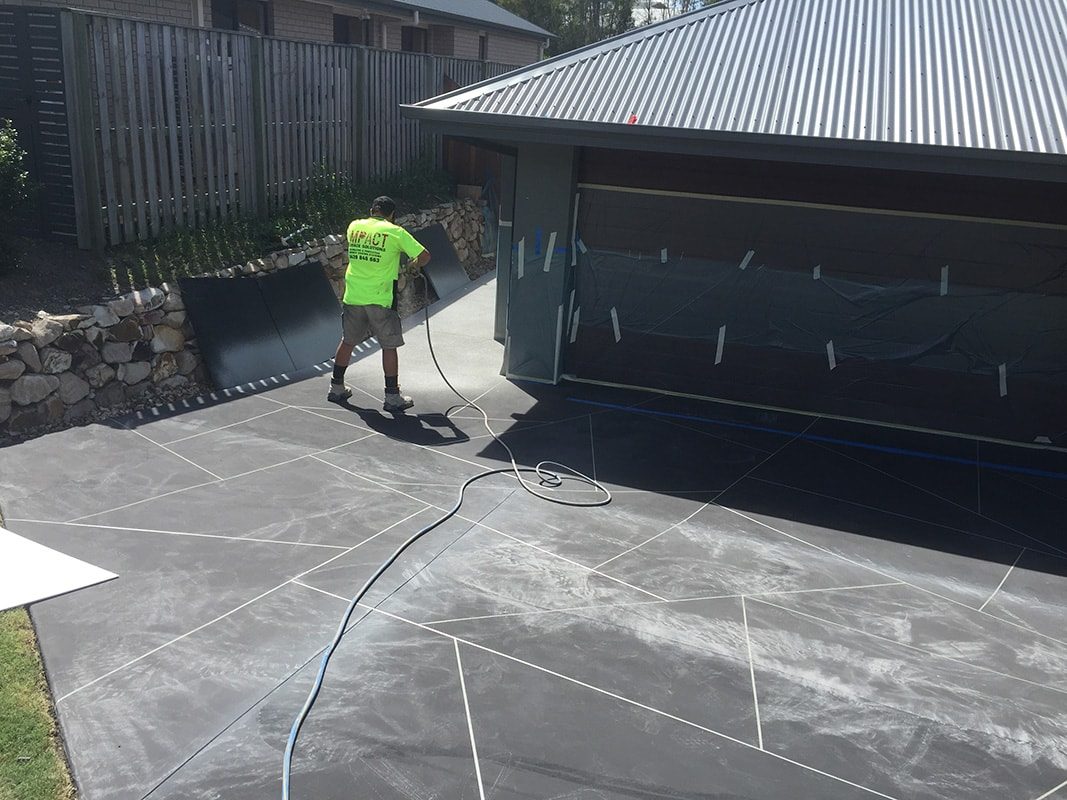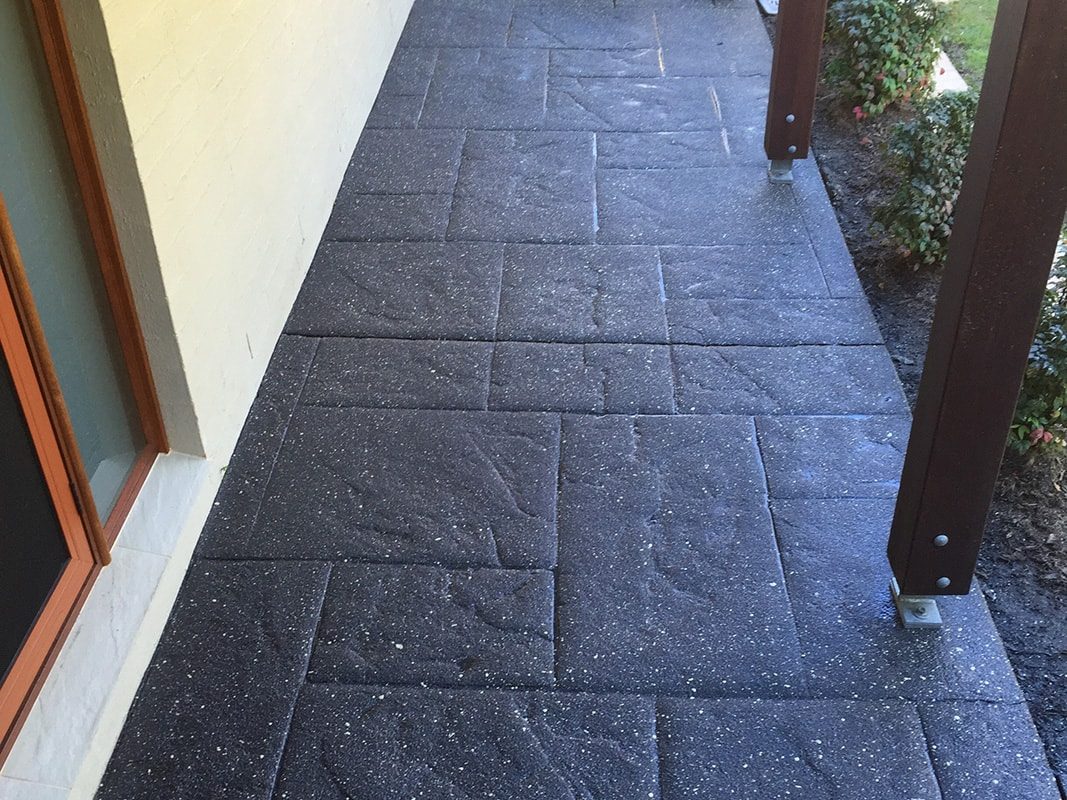If you’ve read some of the other information pages on our website, you’ll now know floor coatings and floor paints are very different options when it comes to putting a floor down in your home or business. But that’s not where the potential sources of confusion end for resin floors. There are a few other concrete coating products out there that get thrown into the same mix and it’s worth just quickly explaining a little more about how these compare to popular resin flooring technologies such as epoxies and polyurethanes.
In addition to that, we also find there’s a fair degree of uncertainty around what actually goes into all these concrete coatings with regards to solvent, i.e. are they solvent-based, water-based or even solventless? Which one is best? What are the typical properties of each? Which one you should you use? We hear these types of questions a lot, so we’ll also take a brief look at each one to give you a better idea of how they work.
Products described as concrete overlays, micro-toppings, spray pave, stenciled concrete or stamped concrete, all belong to the same family of concrete resurfacing products that, in simple terms, blend conventional concrete with paint polymers such as acrylic resin. These blends result in flooring that behaves like concrete in many ways but can be applied much thinner and in a larger range of decorative styles. With the advantage of good UV stability as well, this type of flooring technology has become very popular in outdoor areas like driveways and patios over the last 30 years.
Because they look like just another type of paint to the untrained eye and get thrown into flooring discussions from time to time, it’s helpful to know where they actually sit in the flooring landscape. Are they more like a floor paint or a floor coating?
The first part of the answer lies in the application method. These finishes are usually sprayed or trowelled (3-10mm thick) and can be stamped, stained or manipulated somehow for decorative effect. Overall, a variety of tools and techniques more familiar with a resin flooring installer than a painter are used.
Secondly, the performance of these floors is probably somewhere in between a floor coating and a floor paint. They don’t cope as well with wear or chemical exposure like an epoxy floor coating can, however they’re more durable than a floor paint.
Finally for cost, typically the decorative nature of these finishes and the specialised application sees square metre pricing fall slightly closer to the floor coatings bracket than floor paints.
With any type of flooring the most important thing is to know what to expect beforehand. Just like floor coatings and floor paints, you can be left disappointed if concrete resurfacing products are used in the wrong environment, applied by the wrong tradesperson, or with a look/finish in mind that simply isn’t within product capability.
It’s safe to say from what’s written above that these concrete blends are probably more like floor coatings than floor paints. While that’s handy to know, you’ll need to do some more digging first to ensure it’s the right choice for you.
Note - Concrete resurfacing can also be used to describe the re-building and/or re-levelling of badly damaged concrete surfaces with cementitious, modified cementitious and epoxy levelling products. In these instances, the resurfacing is about getting the subfloor flat in preparation for the flooring system to be applied over the top.



Photos courtesy of impactsurfacesolutions.com.au
We regularly get asked to explain the differences among water-borne, solvent-borne and solventless floor coatings and what it all means as far as their suitability for certain flooring applications. Perhaps the best way to do this is to focus on our specialty – two-pack epoxies – and see how they differ depending on whether they’re solvent-borne, water-borne or solventless.
They’re all epoxies of course in this case, but what does change with these different types is the “delivery” of the resin. For some quick definitions:The key question is how do those basic differences impact on which one to choose or use?
There are all sorts of reasons why an epoxy user might choose one over the other; each type has advantages and there’s not one product for all applications. However, for concrete flooring applications this is the way we see it.
Solvent-borne epoxies are the traditional epoxy. The solvents allow the coating to apply easily in thin films (100 microns and less) and deal with tricky formulating issues like surface tension. Originally designed to protect steel, they were later used for concrete structures and have been adapted for flooring.
Their viscosity and relative ease of use (including long pot life) make them an adaptable type of coating where thin films are required, however the presence of solvent can create some risks to both safety and performance, e.g. solvent entrapment that can lead to soft spots.
Also, there is somewhat of a question mark over whether the thin-film nature of these products can provide full coverage and protection on a floor when the profile of concrete itself can vary greatly.
Water-borne epoxies were first used as moisture barriers to deal with hydrostatic pressure in concrete slabs. They’re characterised by a smooth, creamy texture and are effortless to roll out. Being water-soluble, they can easily penetrate into the slab pores and harden, blocking off the pores moisture travels through.
As water-borne epoxies are so nice to apply there’s a natural temptation to use them as floor coatings, but there are some inherent problems when doing so. The most pressing is the inferior film strength when compared to the other two epoxy types. Also, because water is slower to evaporate than organic solvents there’s a greater risk of entrapment issues. A classic example being the thicker regions of a film created when over-coating divots; the epoxy starts to crosslink before the water can escape and leads to softer, weaker spots.
Water-borne epoxies are also considered by many as a better environmental alternative, but being water based does not necessarily mean it has less impact on the environment. That is a whole new topic that we might need to cover later!
Solventless epoxies - also called solvent-free epoxies or 100% solids epoxies - have the performance of solvent-borne epoxies in many ways, but do not contain evaporative solvent. Without the solvent, the viscosity is quite different and it applies quite differently. The capabilities of solventless epoxies are tremendous and they’re very versatile, but don’t think they can do the job of a water-borne epoxy for hydrostatic pressure or go down easily at less than 100 microns like a solvent-borne epoxy.
As I said before, each technology has its own advantages. For concrete flooring, I will generally only talk about two-pack solventless epoxy technology as it is the most versatile across a range of epoxy applications such as residential flooring, retail flooring, commercial flooring and industrial flooring.
Real World Epoxies has formulated, manufactured and supplied solvent-free epoxy coatings for more than two decades. We stand behind our products because we only use proven, high-quality materials that we know will perform as expected. You can trust our solventless epoxy coatings for your next flooring project.
Let us help you with your epoxy coating needs when you fill out one of our contact forms or call us on 1300 EPOXIES (1300 376 943).
To help build a strong resin flooring industry that sits alongside timber, carpet, tiles and vinyl as a mainstream flooring option.
To eliminate preventable failures
that hurt the resin flooring industry
and prevent it from reaching its full potential.

